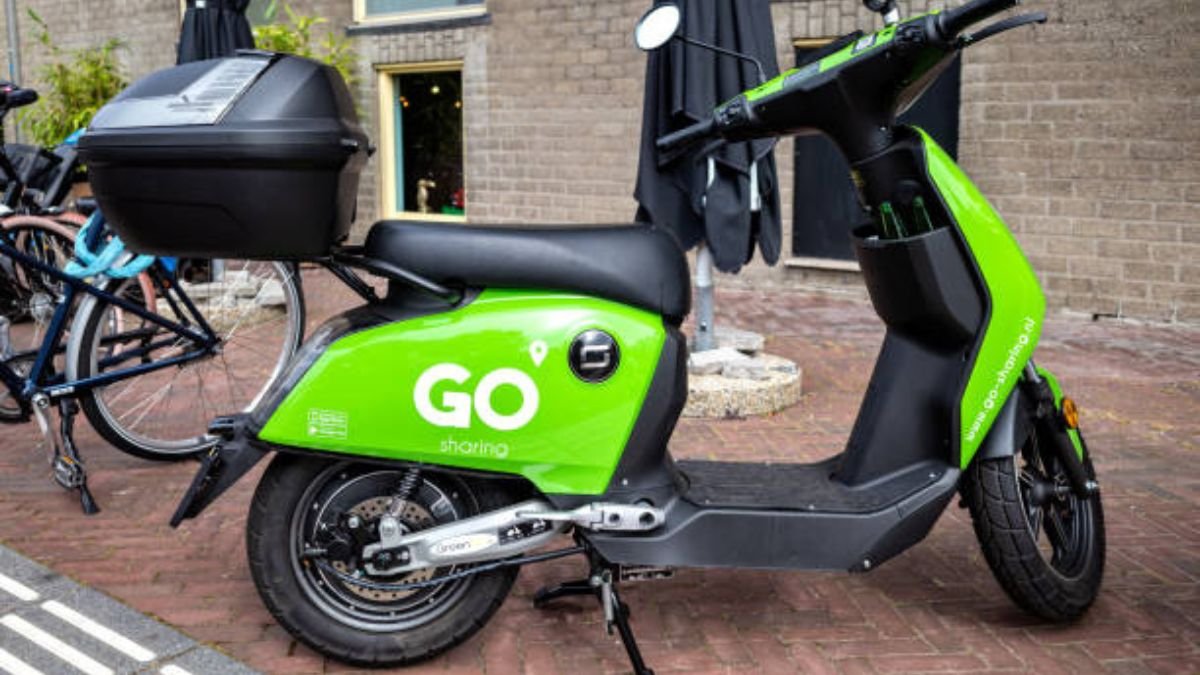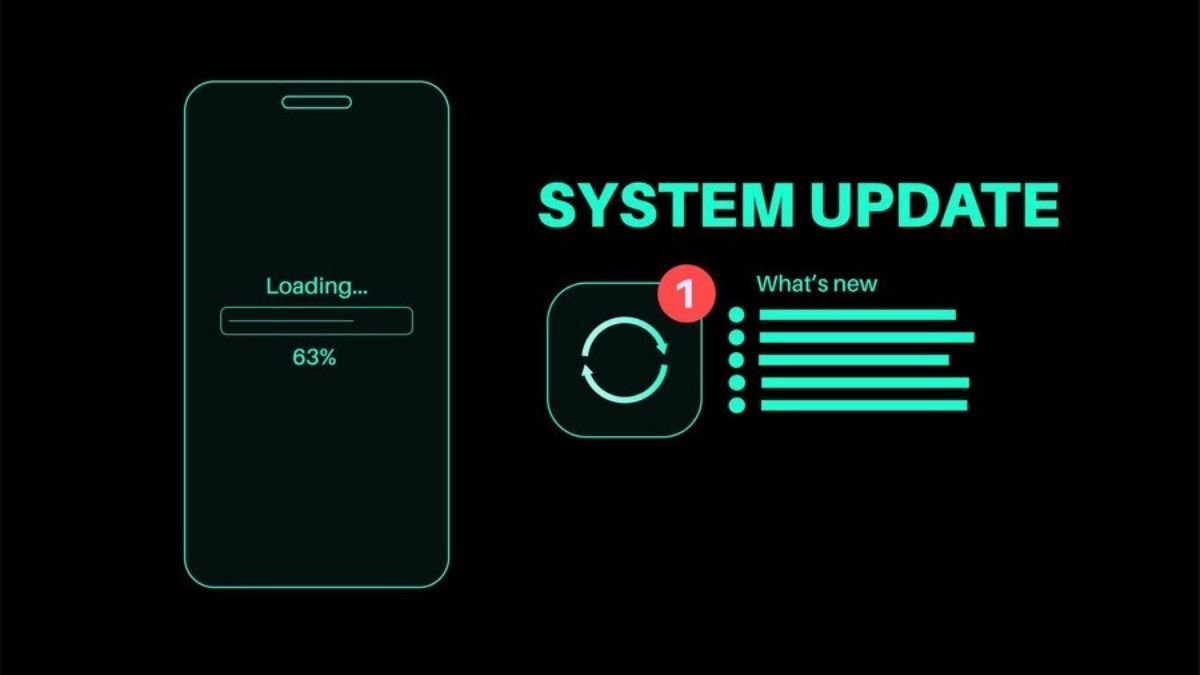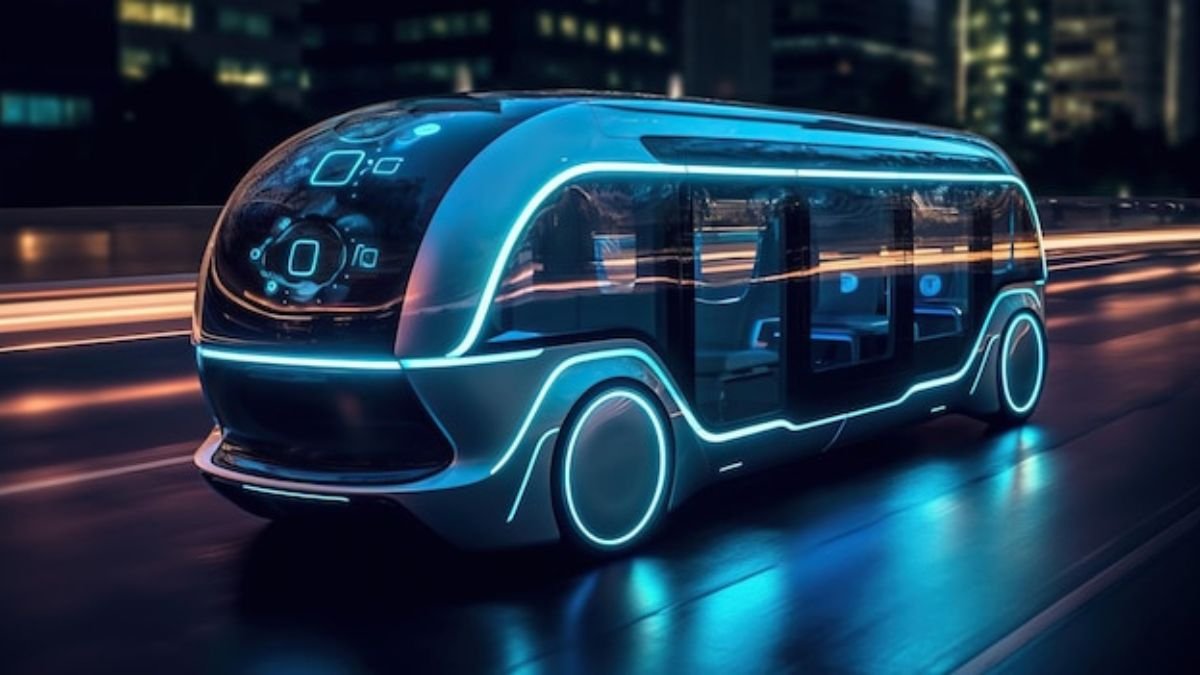TECHNOLOGY
Electric Bikes: Revolutionizing the Future of Transportation

TECHNOLOGY
EMSI Capella: A Comprehensive Overview

FAQs
What is EMSIs Capella?
EMSIs Capella is a partnership between Economic Modeling Specialists International (EMSI) and Capella University. It combines labor market analytics with tailored educational programs to help professionals align their skills with market demands.
How does EMSIs Capella benefit professionals?
EMSI Capella provides:
- Labor market insights to identify in-demand roles.
- Flexible online learning programs.
- Career development tools, including resume assistance and interview preparation.
What industries does EMSIs Capella focus on?
The platform caters to high-demand sectors like:
- Healthcare
- Information Technology
- Business and Management
- Education
Is EMSIs Capella suitable for working professionals?
Yes, Capella University’s online competency-based model is designed for working professionals, allowing them to learn at their own pace and schedule.
How does EMSIs Capella ensure job market relevance?
EMSI’s advanced analytics track labor market trends and skill demands, which are integrated into Capella’s programs, ensuring graduates are prepared for real-world challenges.
Are there short-term learning options available?
Yes, EMSI Capellas offers micro-credentials and certifications that focus on specific skills, ideal for professionals seeking targeted upskilling.
TECHNOLOGY
Apple Update 17.1.1: Everything You Need to Know

Conclusion
The apple update 17.1 1 update is a valuable addition to Apple’s software lineup, focusing on enhancing performance, addressing user concerns, and strengthening device security. Whether you’re upgrading for the features or simply to ensure your device is secure, this update is worth installing.
FAQs
What is the iOS 17.1.1 update about?
iOS 17.1.1 is a software update from Apple that includes bug fixes, security improvements, and some feature enhancements for iPhone users.
Is the iOS 17.1.1 update free?
Yes, like all iOS updates, it is free to download and install for all supported devices.
Which devices are compatible with iOS 17.1.1?
The update supports a range of devices, including:
- iPhone 15, 14, 13, 12, and 11 series
- iPhone SE (2nd and 3rd generation)
- iPhone XR and XS models
How do I check if my iPhone is running iOS 17.1.1?
Go to Settings > General > About, and look for the software version listed.
How long does it take to install the iOS 17.1.1 update?
Installation typically takes 15–30 minutes, depending on your device and internet speed.
Will iOS 17.1.1 affect my battery life?
Initially, you might notice minor battery drainage as your device recalibrates, but the update includes optimizations that improve battery performance over time.
TECHNOLOGY
New Bus Technology: Revolutionizing Urban Transportation
-

 TECHNOLOGY1 month ago
TECHNOLOGY1 month agoUnderstanding PHP ID 1: A Comprehensive Guide
-

 GENERAL1 month ago
GENERAL1 month agoSK 100W-MF2-35-1E1-1S10 / VPL-B1003: An In-Depth Look at a Powerful Lighting Solution
-

 LIFE STYLE1 month ago
LIFE STYLE1 month agoExploring Elise Maillet and the Rhône Valley
-

 LIFE STYLE1 month ago
LIFE STYLE1 month ago9236 Kitchin Wake Forest: A Deep Dive into a Unique Property from John the Diary in Rolesville
-

 GENERAL1 month ago
GENERAL1 month agoUnderstanding the Ratio: 324.48/125.3
-

 Uncategorized1 month ago
Uncategorized1 month agoThe Ultimate Guide to Home Labs: Setting Up Your Personal Space for Learning and Experimentation
-

 TECHNOLOGY1 month ago
TECHNOLOGY1 month ago2016 Berkshire 34QB for Sale: A Comprehensive Review
-

 GENERAL1 month ago
GENERAL1 month agoWalking Tree Time Lapse: Nature’s Marvel in Motion





